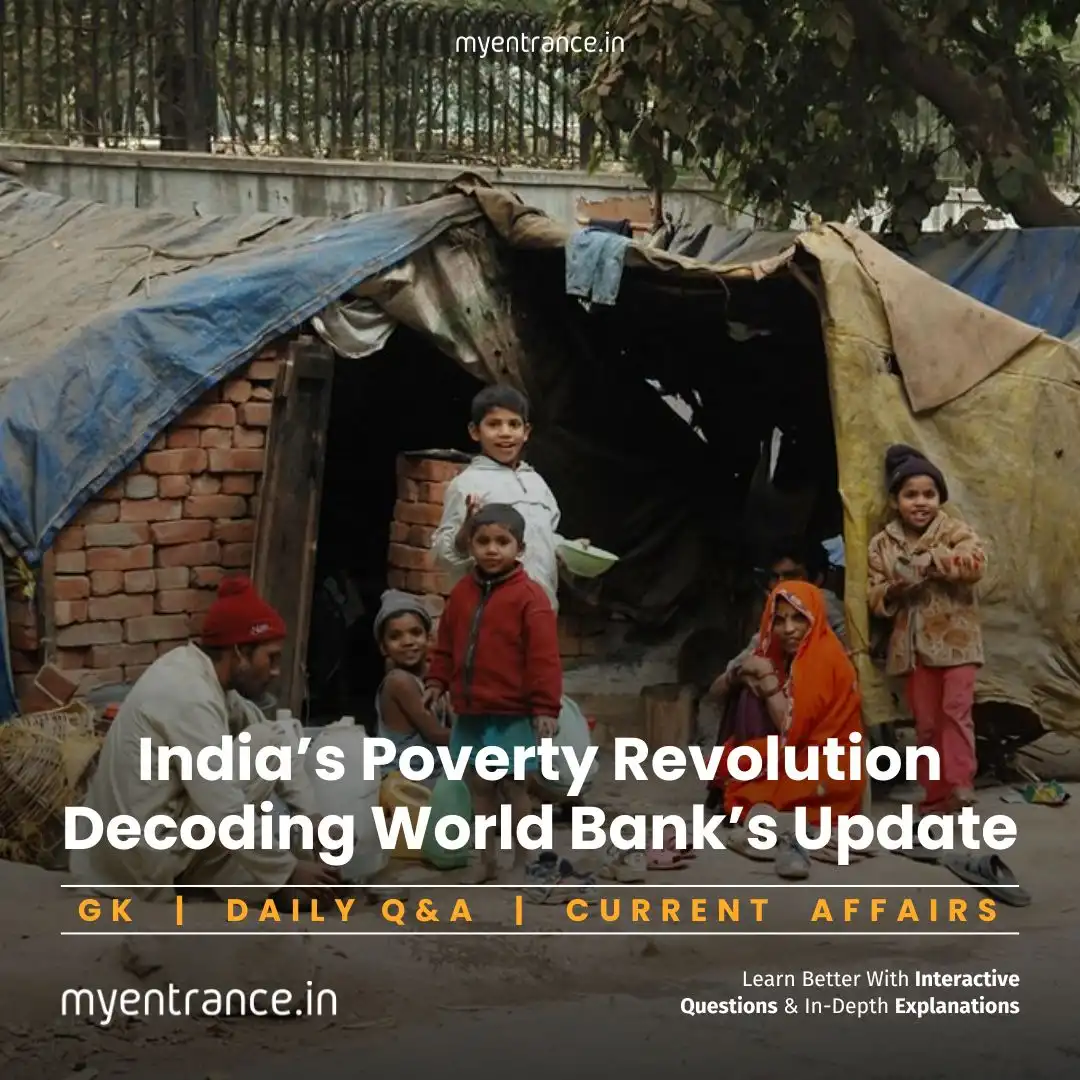Select Language
Understanding India’s Language Heritage for Competitive Exams (NIFT, NID, SSC, PSC)
India’s languages form the backbone of its cultural identity. From constitutional protections to endangered dialects, this guide explores key facts for competitive exams, helping aspirants grasp language-related policies and heritage preservation.
1. Constitutional Framework: Protecting Linguistic Diversity
India’s Constitution ensures linguistic rights, promoting unity in diversity.
Key Highlights:
Eighth Schedule: Originally had 14 languages, now expanded to 22, including Bodo, Maithili, and Santhali.
No Fixed Criteria: The government considers socio-political factors rather than rigid rules for inclusion.
Important Constitutional Clauses:
Article 343: Declares Hindi (in Devanagari script) as the official language, with English as an associate language.
Article 350A: Ensures primary education in mother tongue for linguistic minorities.
Article 351: Encourages Hindi’s development without suppressing other languages.
Why It Matters for Exams:
Syllabus often asks about language policies in (Culture) and (Polity).
State exams (PSC, SSC) test knowledge of regional language provisions.
2. Classical Languages: Preserving Ancient Heritage
India recognizes 11 classical languages, each with deep historical roots.
List of Classical Languages & Their Origins:
Tamil (2004) – Dates back to pre-500 BCE.
Sanskrit (2005) – Rooted in the Vedic era.
Marathi & Bengali/Assamese (2024) – Evolved from ancient Prakrit dialects.
Benefits of Classical Status:
Funds for research, digitization, and academic programs.
Creates job opportunities in archaeology, translation, and archival studies.
Exam Tip:
Note that Pali and Prakrit are classical but not in the Eighth Schedule.
3. Endangered Languages: A Race Against Time
Over 600 Indian languages are at risk of disappearing.
UNESCO’s Classification:
Vulnerable → Definitely Endangered → Severely Endangered → Critically Endangered
Examples of Endangered Languages in India:
Maharashtra: Wadari, Kolhati
Sikkim: Majhi (extinct in 2015)
Andaman: Bo (extinct in 2010)
Constitutional Protection:
Article 29: Safeguards minority rights to conserve their languages.
4. Government Initiatives to Protect Languages
National Efforts:
SPPEL Scheme (2013): Documents 117 endangered languages like Toda and Korku.
UGC Programs: Funds universities for research on indigenous languages.
CIIL (Central Institute of Indian Languages): Archives rare dialects.
Global Actions:
UNESCO Decade of Indigenous Languages (2022-32): A worldwide preservation effort.
World Atlas of Languages: Tracks over 7,000 languages globally.
Why This Matters for Exams:
UPSC and state commissions often ask about government schemes for language preservation.
5 Sample Questions & Answers (For Competitive Exams)
Q1. How many languages are in the Eighth Schedule of the Indian Constitution?
Ans: 22 languages.
Q2. Which article mandates mother-tongue education for linguistic minorities?
Ans: Article 350A.
Q3. Name two classical languages of India that are not in the Eighth Schedule.
Ans: Pali and Prakrit.
Q4. Which Indian language was declared extinct in 2010?
Ans: Bo (spoken in the Andaman Islands).
Q5. What is the purpose of the SPPEL scheme?
Ans: To document and preserve endangered languages in India.
Mastering India’s linguistic landscape is essential for competitive exams. From constitutional safeguards to conservation efforts, this guide equips you with key insights for UPSC, SSC, PSC, NID, NIFT and other state-level tests. Stay updated with government schemes and UNESCO initiatives to boost your exam preparation!
Most Predicted Questions
Comprehensive study materials, Expert-guided tips & tricks, Mock tests and instant results.
Start your SSC, NIFT, NID, FDDI, PSC journey today with MyEntrance, your ultimate online coaching platform.








